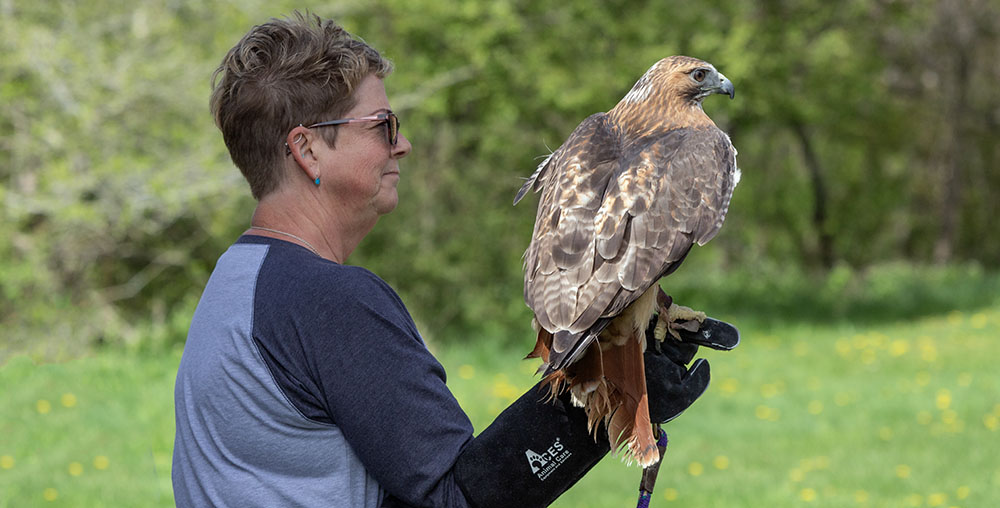
Raptors and Native Plants: Living with Nature
June 9, 2025 | Topics: Events
By Jenny Bardeen
Photography by Eddee Daniel
“Remember, every caterpillar you make in your butterfly garden becomes either a new moth or butterfly, or a source of food for a hungry bird.” Doug Tallamy, Bringing Nature Home: How You Can Sustain Wildlife with Native Plants.
Inviting caterpillars, birds, and wildlife into our yards, into our neighborhoods, and our communities is central to the Lake Michigan Bird Observatory’s mission. Whether you have a sunny front yard, a shady corner in need of love, or just a few patio pots to fill, the native plants at the Observatory’s World Migratory Bird Day and Native Plant Sale in Port Washington each May offers many options to support birds and wildlife.
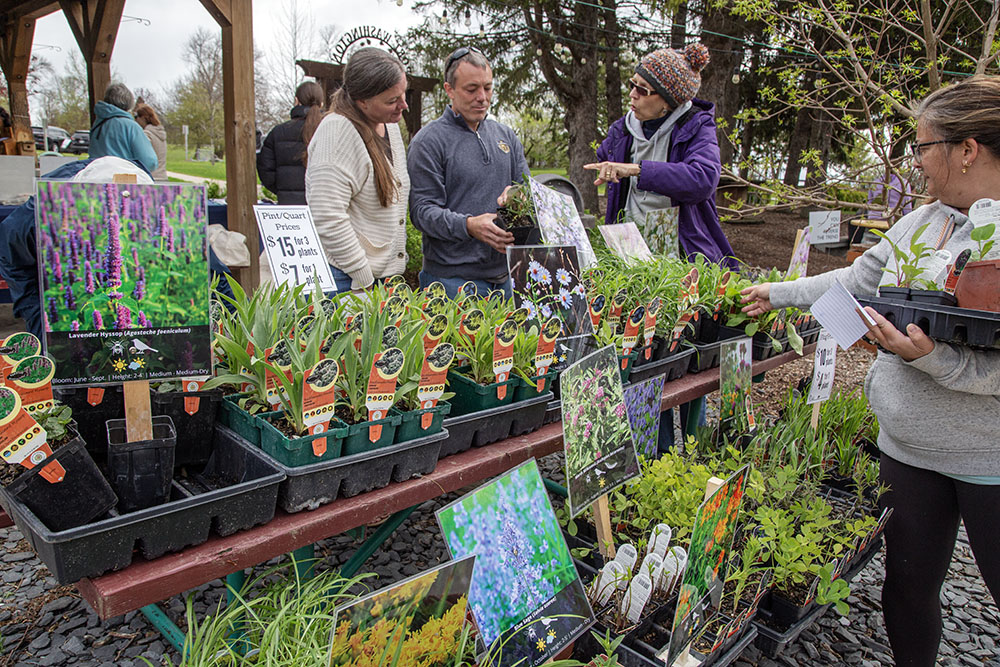
Why, you might ask, is a bird observatory selling native plants? Because birds and native plants are deeply connected. Native plants support more insects, particularly caterpillars, than their non-native counterparts. The Monarch caterpillar, for example, can only survive on milkweed. Similarly, more than 90% of moth and butterfly caterpillars eat only specific native plants or groups of native plants.
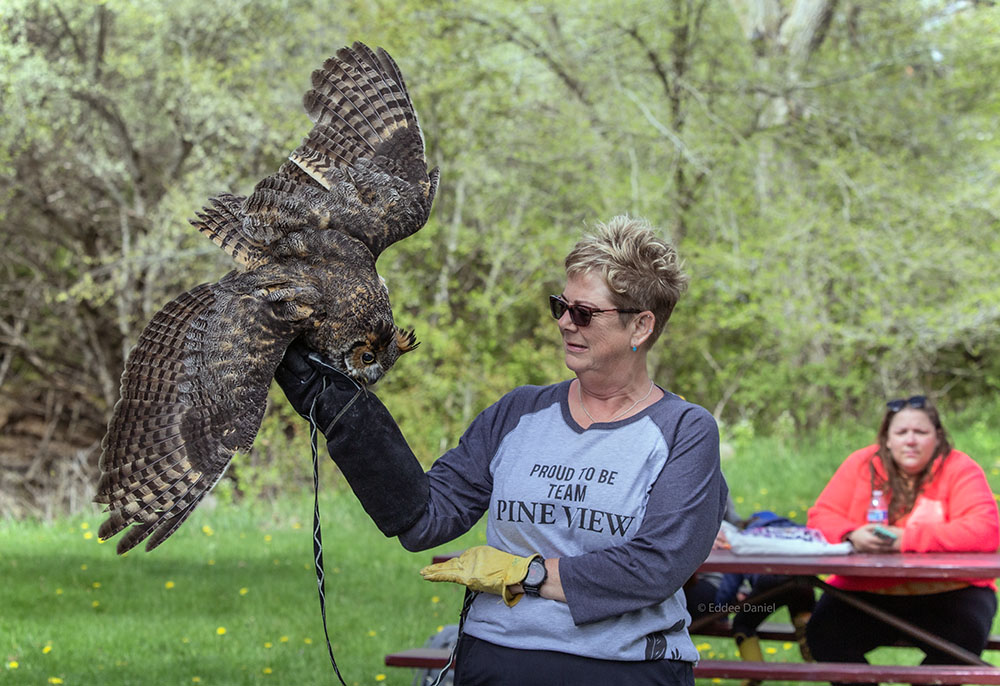
These caterpillars are essential food for birds, especially during the breeding season along Lake Michigan. Without them, birds would struggle to find enough protein-rich food for their chicks. Native plants support more of these ecologically valuable insects than non-native species ever could.
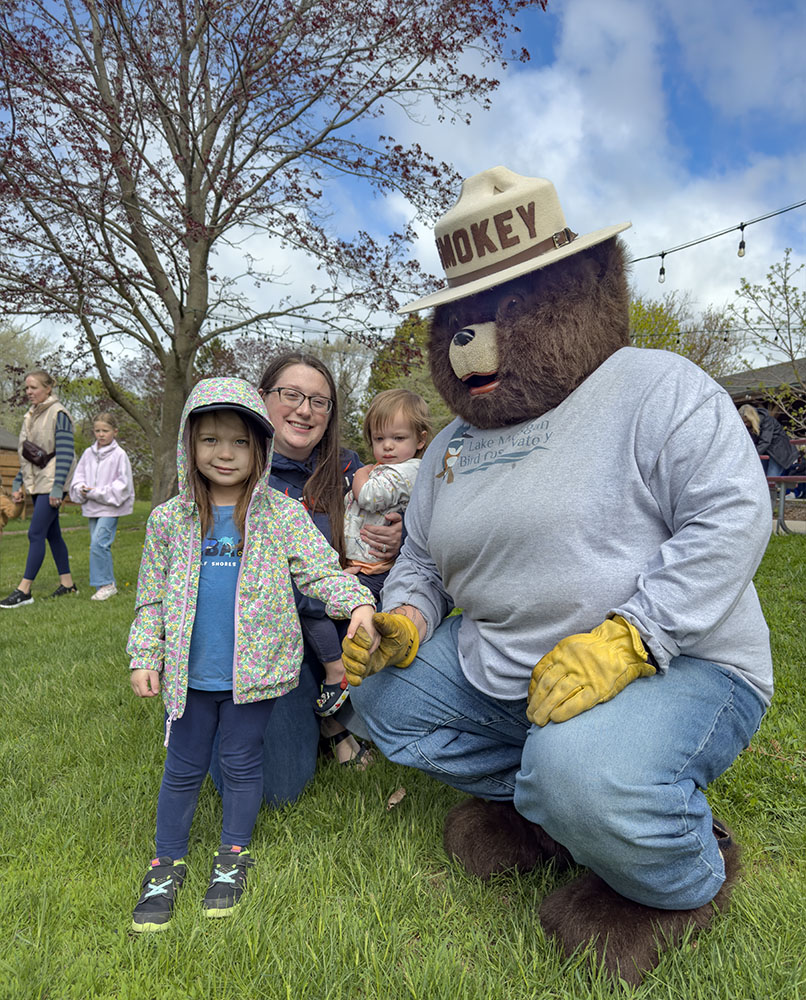
At World Migratory Bird Day, many organizations dedicated to protecting the natural world came to share their missions and engage with the community. One of these was the Pine View Wildlife Rehabilitation and Education Center, whose team, led by Jeannie Lorde, gave people an unforgettable experience. With owls, a turkey vulture, and a red-tailed hawk just a few feet away, people had the rare chance to see these powerful birds up close and learn more about them.
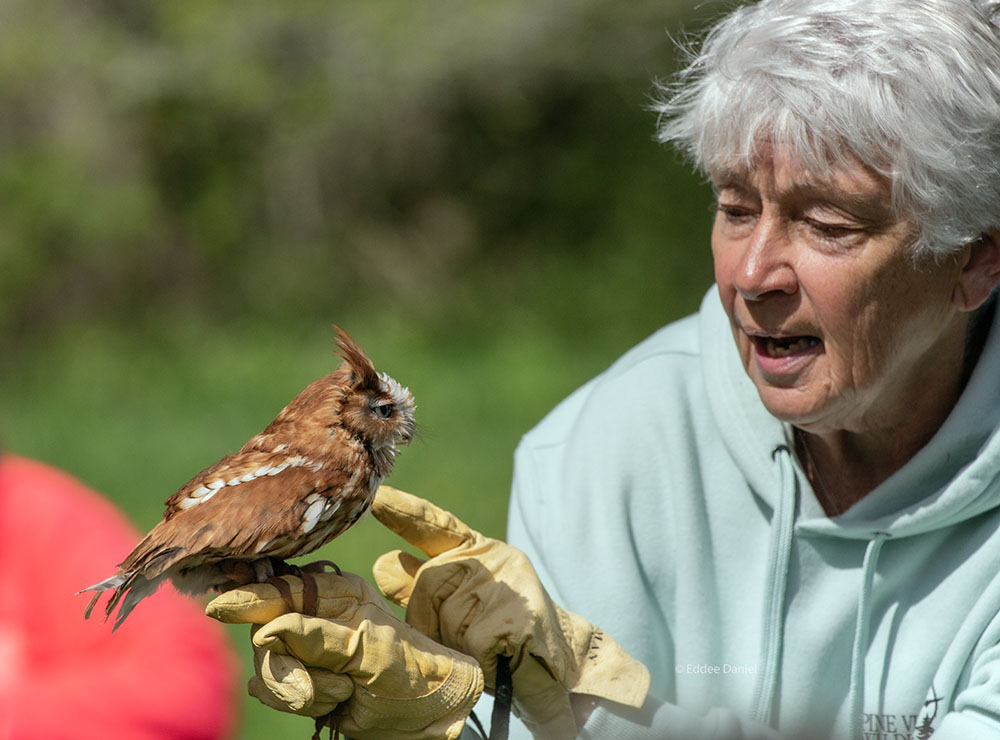
Many of these raptors and other birds fly along Lake Michigan during the spring and fall each year. Just like us, they need to refuel daily. How we steward our yards and neighborhoods can give them places to do just that. We can create stopover sites to rest and refuel along Lake Michigan making sure future generations can enjoy them as much as we do today.
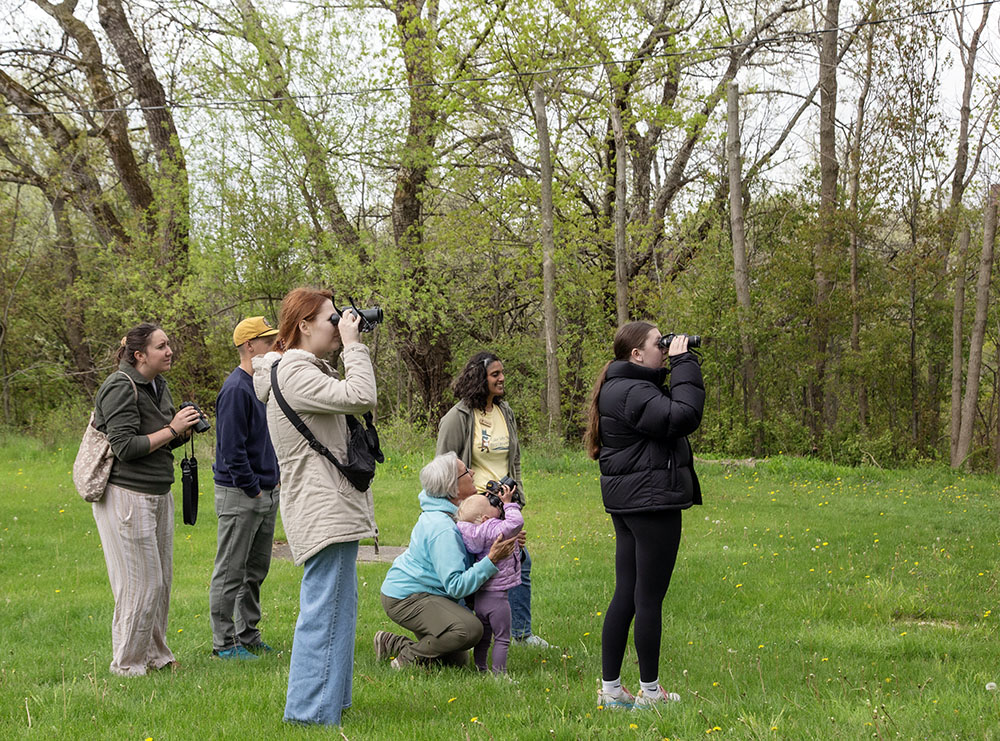
And it isn’t just birds and caterpillars that benefit from native plants. Other insects, especially pollinators, do too. Insects pollinate a third of our crops and nearly 90% of all plants. Without pollinators and the native plants they depend on, life as we know it would falter. By planting native species, you are doing more than gardening. You are supporting the rich biodiversity we all love and helping to restore balance in our neighborhoods.
Birders benefit too! When we plant natives, we support the insects that birds rely on, helping bird populations thrive and making bird-watching so rewarding. This is especially true along the Lake Michigan flyway during spring and fall migration when birders are treated to an array of unique warblers and other birds.
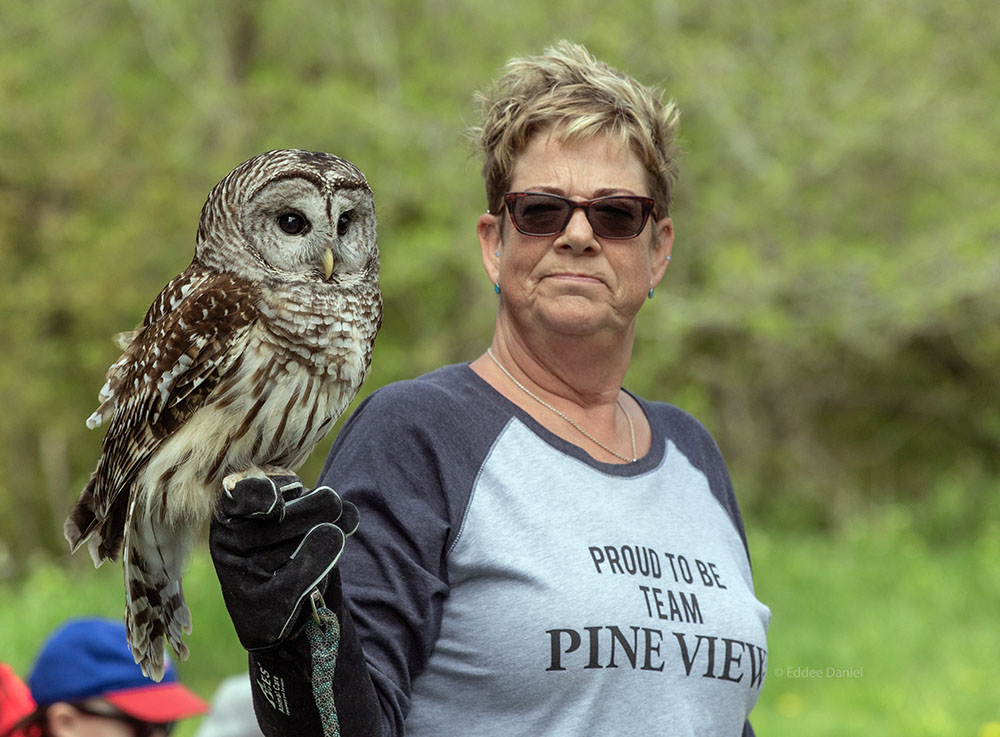
One of our favorite and year-round residents is the Barred Owl. Their deep, resonant call can be heard most often at night, hooting “Who cooks for you? Who cooks for you?” in mature forests and swamps. They are easily recognizable with their deep, expressive eyes that capture the imagination.
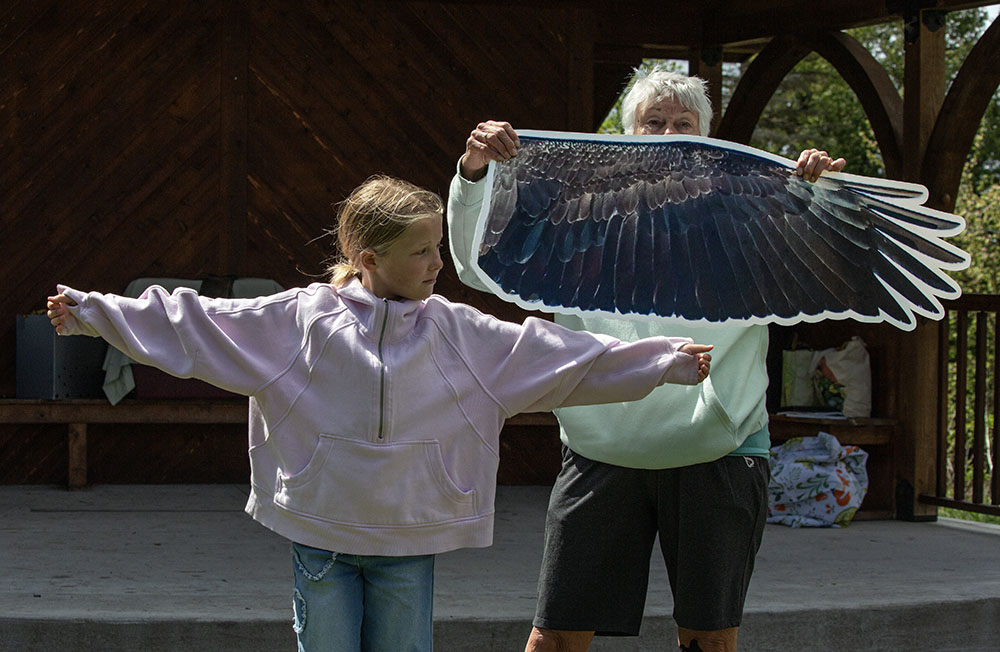
We are learning that when native plants are replaced by ornamentals, caterpillar populations can drop by as much as 75%. Fewer caterpillars mean less food for birds like chickadees and house wrens to feed their young. When these changes are multiplied across thousands of yards, it contributes to the staggering loss of nearly 3 billion birds over the past 50 years. What we plant in our yards can have a substantial impact on birds, insects, and the Earth we share.
Our owls, raptors, warblers and other birds are part of an intricate web of life that we can help support. We can all take part by simply making space for more native plants, trees, and shrubs where you can at home and in your community. If you missed the Observatory’s sale, the Wisconsin DNR offers a list of other native plant sales throughout the year. Every native plant you add helps make your yard a more welcoming stopover for birds and in supporting birds, we’re creating healthier, more resilient communities for everyone. Because, when birds thrive, so do we.
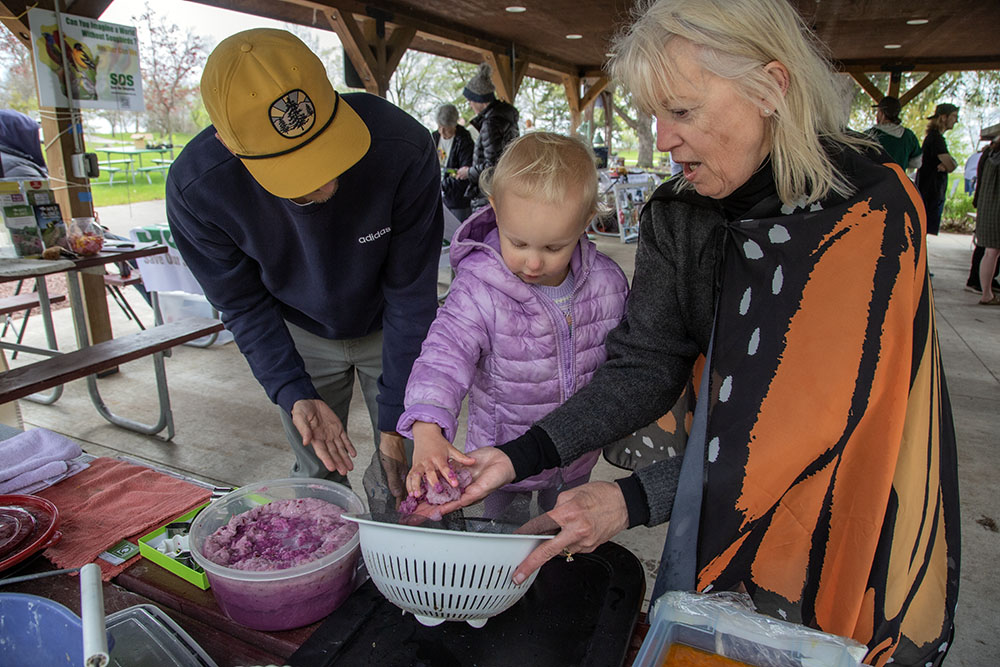
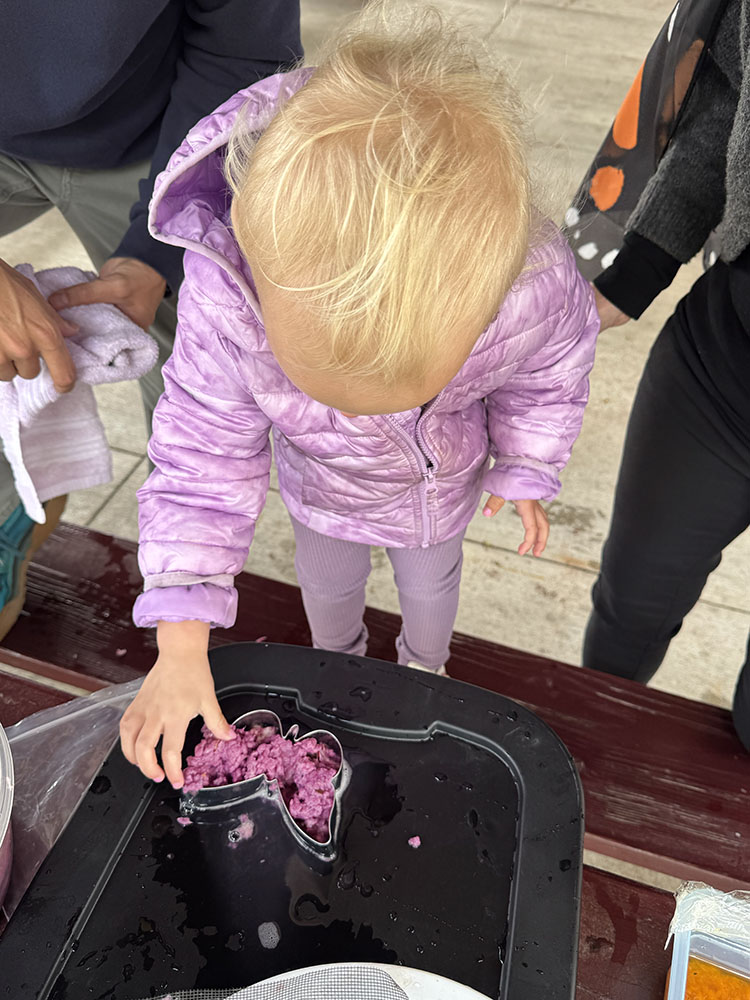
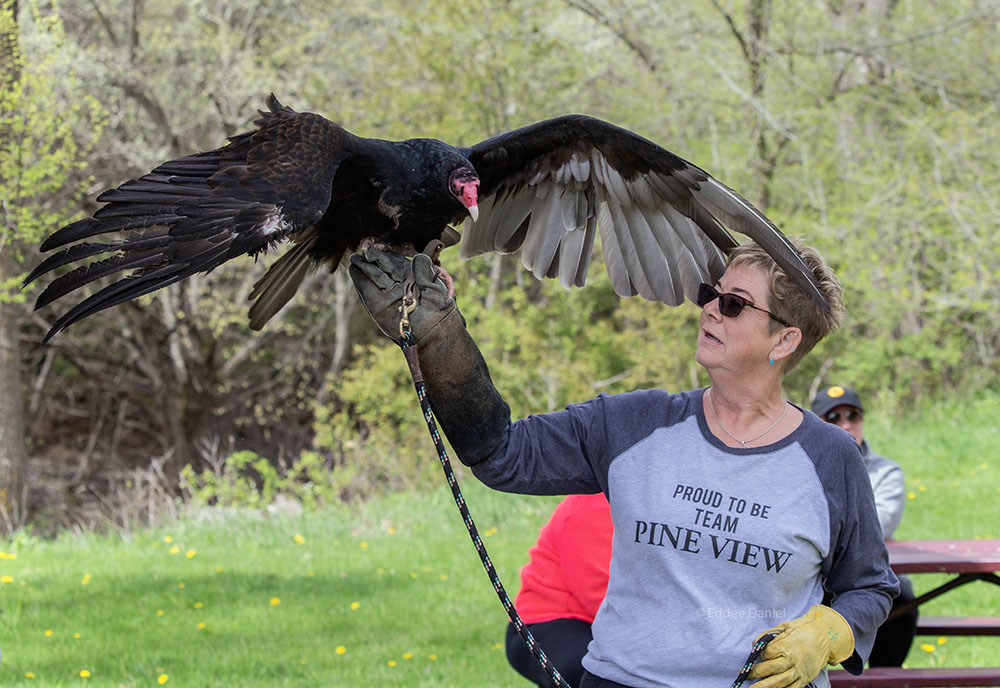
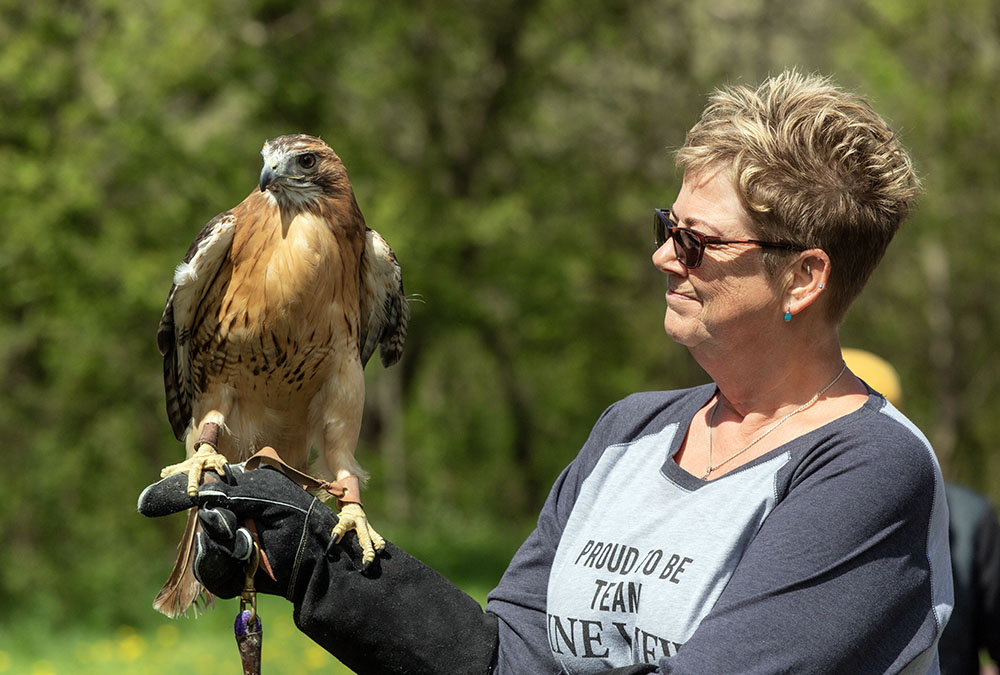
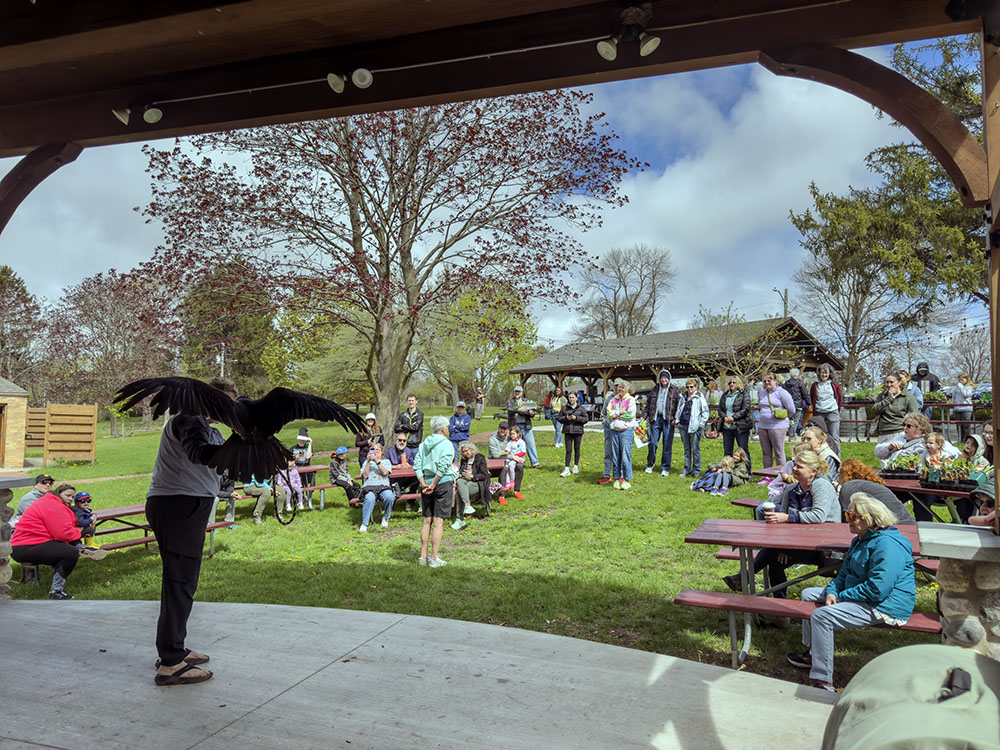
“We can save the natural world – and ourselves, for we are part of it and it is an inextricable and essential part of us – if we stop segregating ourselves from nature and learn to live as a part of it.” Doug Tallamy, Nature’s Best Hope: A New Approach to Conservation that Starts in Your Yard.
For more information about Lake Michigan Bird Observatory.
For more information about Pine View Wildlife Rehabilitation Center.
Related stories:
Native Species: Our Home is Their Home
Silver Spring Park: The Return of the Natives
Rain Gardens and Bioswales: Beauty as Well as Utility
Update on Wauwatosa’s Attack: Natural Gardens in Changing Climates
Jenny Bardeen is Outreach and Development Specialist for Lake Michigan Bird Observatory. Eddee Daniel is a board member of Preserve Our Parks. Lake Michigan Bird Observatory is a project partner of A Wealth of Nature.
One thought on "Raptors and Native Plants: Living with Nature"
Comments are closed.


Thanks,Jenny B., for the Pine View story and photos. The rescued birds are splendid examples of resilience and I’m glad they survived with the care they received.